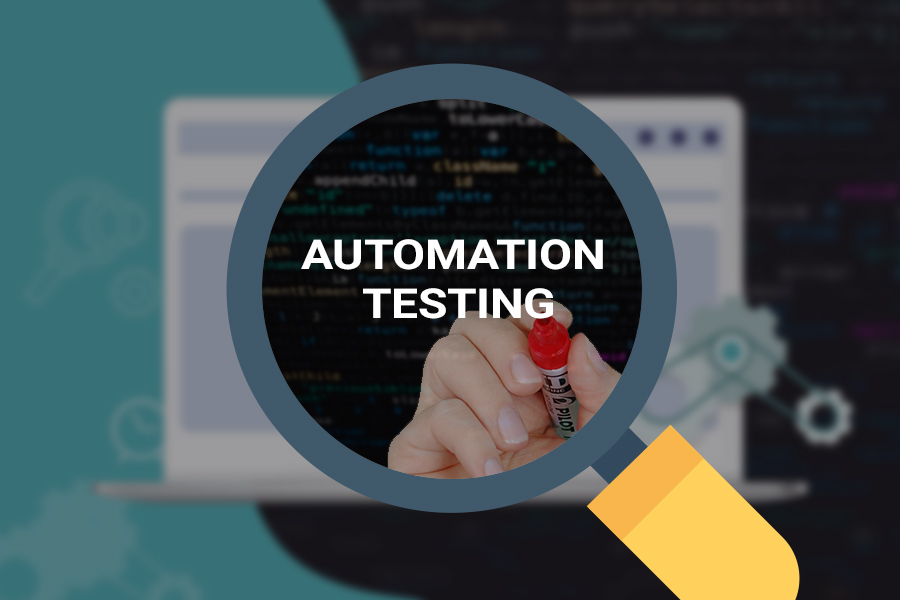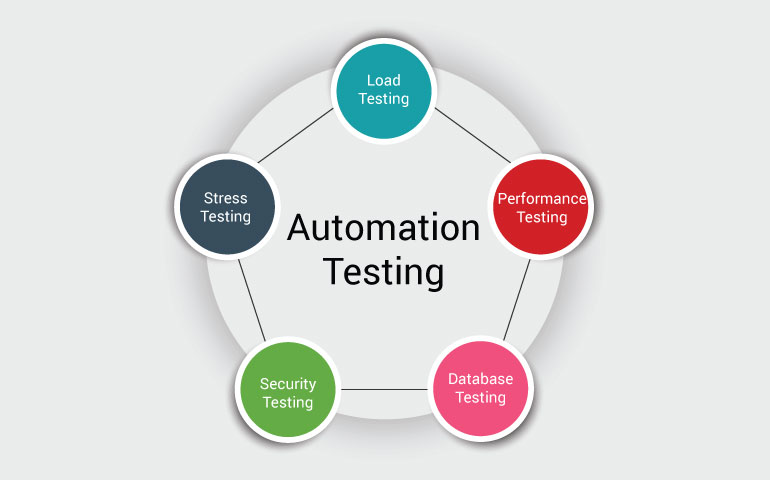Ensuring Success in Automation Examining: Key Metrics, Challenges, and Solutions Every QA Team Ought To Know
In the world of software application quality assurance, the landscape of automation screening is ever-evolving, requiring a thorough technique to make certain smooth operations. The journey to grasping automation screening is paved with subtleties that call for an eager eye for monitoring, evaluation, and continual renovation. As the market drives onward, the pursuit for optimum efficiency in automation screening continues to be a constant quest, prompting QA teams to equip themselves with the understanding and methods essential for accomplishment.
Value of Trick Metrics
Comprehending the significance of vital metrics is crucial for evaluating the efficiency and efficiency of automation screening processes. Key metrics serve as measurable procedures that provide useful insights into numerous elements of the testing procedure, such as examination insurance coverage, test implementation time, flaw thickness, and test situation performance. By evaluating these metrics, QA teams can identify traffic jams, inefficiencies, and areas for improvement within their automation testing structure.
One vital facet of vital metrics is their capacity to track progress and keep track of the general health and wellness of the testing procedure (automation testing). They make it possible for stakeholders to make educated choices based on data-driven insights, which can result in a lot more reliable screening methods and far better source allocation. In addition, essential metrics can help groups set sensible goals, gauge the success of automation campaigns, and show the ROI of automation testing initiatives

Common Challenges Dealt With
Difficulties typically run into in automation screening processes can dramatically impact the overall performance and efficiency of QA groups. One of the major challenges is the option of the right test cases for automation. Not all examination situations are appropriate for automation, and picking the incorrect ones can cause thrown away time and resources. Additionally, preserving test scripts can be a complicated job, especially as the application undergoes regular adjustments. Examination manuscript upkeep requires continuous updates and modifications to ensure they mirror the current performance accurately. Another typical difficulty is the initial financial investment required for establishing up automation structures and tools. This can be an obstacle for some companies, specifically smaller sized ones with minimal spending plans. Automation testing might not cover all facets of testing, such as functionality and individual experience screening, which still need hands-on treatment. Getting over these challenges calls for appropriate planning, tactical test instance option, robust upkeep processes, appropriate resources, and a clear understanding of the constraints of automation screening.
Efficient Solutions for Challenges
To attend to the obstacles experienced in automation screening, implementing efficient solutions is vital for boosting the performance and productivity of QA teams. One crucial option is to purchase robust training programs for QA teams to guarantee they have the required skills to properly utilize automation devices. Training can link expertise spaces, enhance understanding of automation frameworks, and boost scripting capacities, inevitably leading to more effective examination creation and implementation.
Another important remedy is to establish clear interaction networks within the QA group and with other stakeholders, such as designers and job managers. Effective interaction aids in straightening assumptions, sharing development updates, and without delay dealing with issues or obstructions that may arise throughout the automation screening process.

Tracking and Evaluation Strategies
Carrying out effective tracking and evaluation methods is crucial for making sure the success and efficiency of automation screening processes. Additionally, examining examination outcomes and metrics supplies useful understandings into the top quality of the go now software program being tested and the performance of the screening strategy.
One trick strategy in tracking and analysis is using control panels that consolidate appropriate metrics and KPIs in a visually easily accessible style. These dashboards offer a detailed overview of test execution status, examination insurance coverage, issue fads, and various other critical info. Routinely reviewing and evaluating these dashboards can help QA groups make educated choices, focus on tasks, and optimize screening efforts.
In addition, applying automated notifies and notices based upon predefined thresholds can boost positive tracking and prompt intervention. By setting up informs for performance deviations or examination failings, groups can address concerns promptly and stop them from rising. On the whole, surveillance and evaluation strategies play an important role in guaranteeing the efficiency and success of automation screening efforts.
Continuous Improvement Strategies
Enhancing the effectiveness of automation testing procedures necessitates the constant improvement Check Out Your URL of approaches and methodologies. One crucial technique to boosting automation screening processes is to conduct regular reviews and retrospectives.

Final Thought
To conclude, it is crucial for QA teams to recognize the key metrics, challenges, and options in automation testing to make certain success. By very carefully checking and assessing information, applying efficient solutions he has a good point to common challenges, and continuously improving methods, QA teams can maximize their testing processes and deliver top quality software. Complying with these methods will ultimately lead to more reliable and effective automation screening techniques.
By analyzing these metrics, QA teams can determine bottlenecks, inefficiencies, and locations for renovation within their automation screening structure.
Furthermore, essential metrics can help groups established realistic objectives, determine the success of automation efforts, and demonstrate the ROI of automation testing efforts.
Challenges typically experienced in automation screening processes can significantly affect the total efficiency and effectiveness of QA groups. Automation testing may not cover all elements of screening, such as functionality and user experience testing, which still require manual treatment.In verdict, it is crucial for QA teams to recognize the vital metrics, difficulties, and solutions in automation testing to ensure success.
Comments on “Selecting the Right Tools for Effective Automation Testing Solutions”